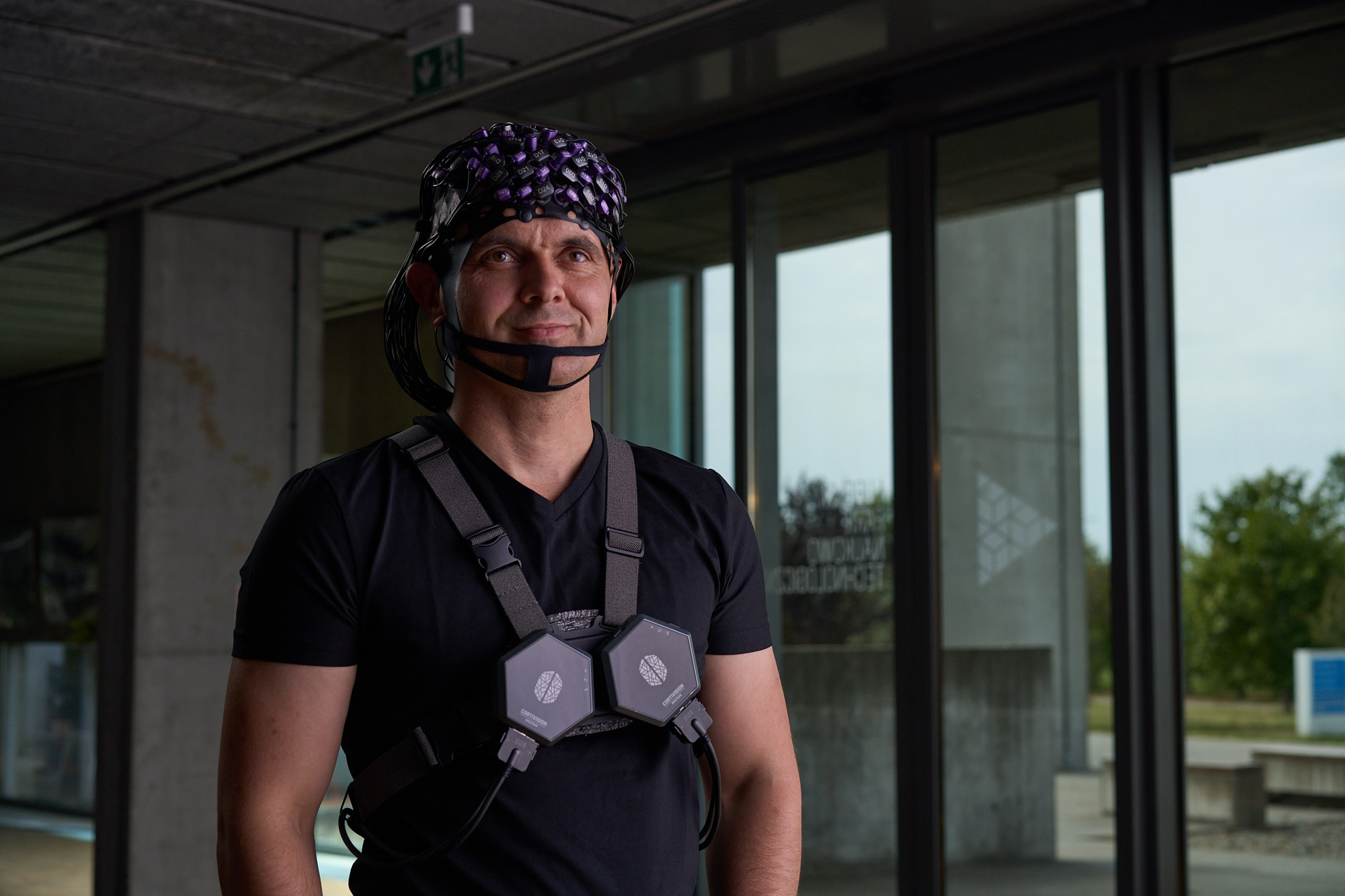
What is Cognitive Neuroscience?
Cognitive neuroscience investigates how the brain underlies mental processes, linking neural activity with behavior and cognition. Research spans areas like language comprehension, working memory, multitasking, and social interaction. Insights from this field help scientists understand healthy brain function and the effects of neurological or psychiatric disorders.
How DOT fNIRS Enhances Cognitive Neuroscience Research
DOT fNIRS provides tomographic reconstructions of cortical activity, increasing spatial resolution compared to standard fNIRS. This allows for detailed mapping of brain regions involved in cognitive tasks, even in more natural environments. Its ability to measure hemodynamic changes with high channel density provides valuable context alongside methods such as EEG or fMRI.
Advantages of DOT fNIRS in Cognitive Neuroscience
-
High Spatial Resolution: DOT improves localization of functional signals in the cortex.
-
Ecological Validity: Portable, wearable systems enable experiments outside traditional labs.
-
Multimodal Integration: Works well in combination with EEG for complementary perspectives.
-
Participant Comfort: Non-invasive and child- as well as adult-friendly.
-
Flexibility: Adaptable to a wide range of paradigms, from simple tasks to complex natural behaviors.
Practical Applications
DOT fNIRS supports studies on executive functions, dual-tasking, linguistic processing, or real-time social interactions. It helps researchers bridge the gap between controlled laboratory studies and real-world cognition, offering deeper insights into how the brain supports human behavior.